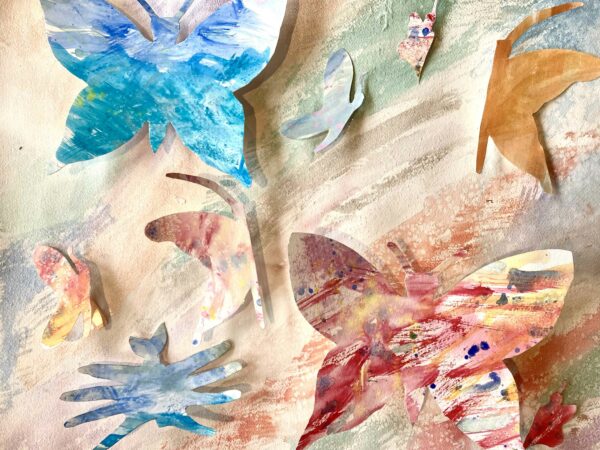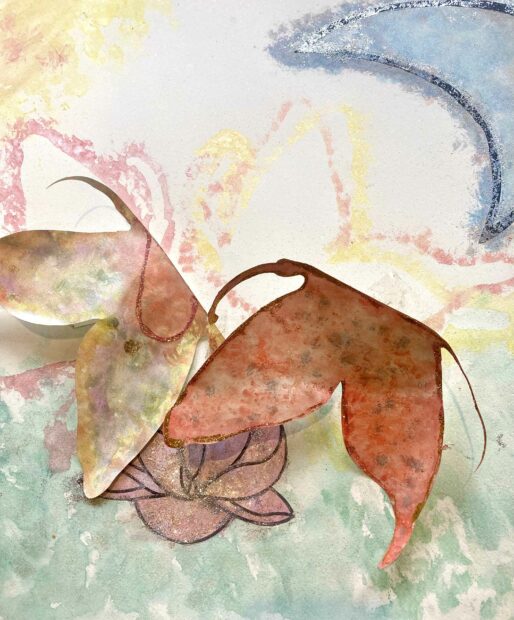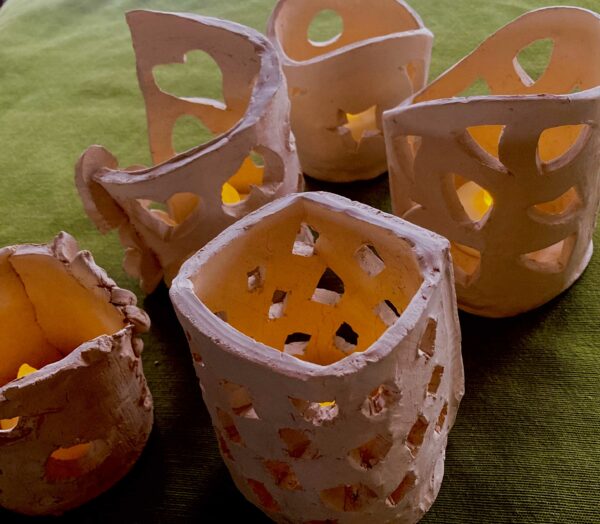We have all survived something. Breast cancer. A bad marriage. Divorce. An abusive parent. Financial ruin. Drug or alcohol abuse, or a combination thereof. War and diaspora. The loss of a loved one.
In college, after my parents divorced, I often sought refuge in a place that had been home at one time, where life had been innocent, intact: fifteen wooded acres in North Texas. Even after the Army Corps of Engineers came to own it, I would return to this place, either physically, or — more often — in my recollections. Its rolling terrain, grasses, and post oaks were as familiar to me as my own skin; the odors of its decaying, damp leaves and gentle pong of drying cow manure are part of my olfactory muscle memory. Even now, I revisit this place. It is a site from which I draw nourishment and comfort. Each of us, perhaps, has a physical haven that we find centering. It is true, too, that some among us have survived more trauma than others, and might be more needful of such sites of refuge.
In September 2023, I led a series of art classes with Lubbock’s Survivor Housing community — women who have survived sex trafficking, and their children. A branch of Open Door, Survivor Housing provides comprehensive support services and private housing for this population. Funded in part by a grant through the Victims of Crime Act (VOCA) Victims Fund, our September art classes explored the notion of querencia, a Spanish expression derived from the verb querer, to desire or want. I first came across “querencia,” a bullfighting idiom, in Ernest Hemingway’s Death in the Afternoon. There, he defines it as a homing instinct, the “place the bull naturally wants to go in the ring; a preferred locality . . . in his querencia he is inestimably more dangerous and almost impossible to kill.” In literature and art, querencia has come to mean a deeply rooted sense of place from which one draws strength; a haven of belonging, where one is free to be their most authentic self.
Throughout my month with the Survivor Housing community, we investigated where our personal querencias lay, the quality of those spaces that have nurtured strength and peace within us, and the importance of returning to these places, physically or in our memories, to help sustain us. We reflected upon the metaphor of light’s role in guiding our way home to querencia, through our construction of ceramic candle holders. We examined the art historical symbolism of the transformation and resurrection of the butterfly through our creation of watercolor paintings. And we used the light/photographic-like process of cyanotype to consider how our memories of querencia can constructively shape our identities.
Repeatedly throughout the month, a survivor would share some small detail that would remind me of the trauma from which she had come. During one class, for instance, I admired the sleeve of tattoos covering one participant’s arm. “Oh, thank you,” Heidi said (all names are pseudonyms). Then she pointed to each image and walked me through its meaning. “This one masks my property mark, and this one is for my oldest child, and this one represents my second child.” It took me a beat to understand the implication of “property mark,” because she’d said it in the same offhanded way that she described each of the other elaborately inked figures. But then it hit me: Heidi had lived her life as the possession of someone else, perhaps since childhood, and now she was property no longer. Was her new reality of autonomy shorter in duration than her life as possession had been? At what point(s) in such a journey does one recognize her own status as self-determining individual? And what are the signposts along the way — the meaningful milestones signaling freedom, the ones that most people have the luxury of taking for granted?
Another young girl, Cynthia, who had been adopted from an abusive household, asserted that her place of querencia was her own bedroom, in her forever family’s home. “When they first told me this was my home, I went into my room, and I closed the door and thought, ‘This is my bedroom.’ Then I went outside and hugged the dog and thought, ‘This is my dog’ . . . and nobody can take those things away from me.” For others, their querencia lay in the outdoors: beloved sites populated by trees and bodies of water were recurring themes in our discussions.
As participants explored their querencias through art making, I was struck by their tenacity with sometimes-unruly media, such as clay and watercolor. The women poured the same intensity of spirit and determination into their creativity as had helped them endure what they had in the first place. At the end of one evening, a survivor leaned back in her chair and sighed. “This is the first time I’ve been able to let go and just enjoy and forget since I can’t remember when,” she declared. In some small way, the physical space into which we had come together, for a time, to create art had itself become a form of querencia.
For one night only, during Lubbock’s First Friday Art Trail on January 5, 6-9 p.m., artworks created by these Survivor Housing participants will be on display at the Louise Hopkins Underwood Center for the Art’s Icehouse. January is Human Trafficking Prevention Month, and this exhibition will feature work from the September querencia workshop, as well as additional works of art from those who are survivors of sex trafficking.







